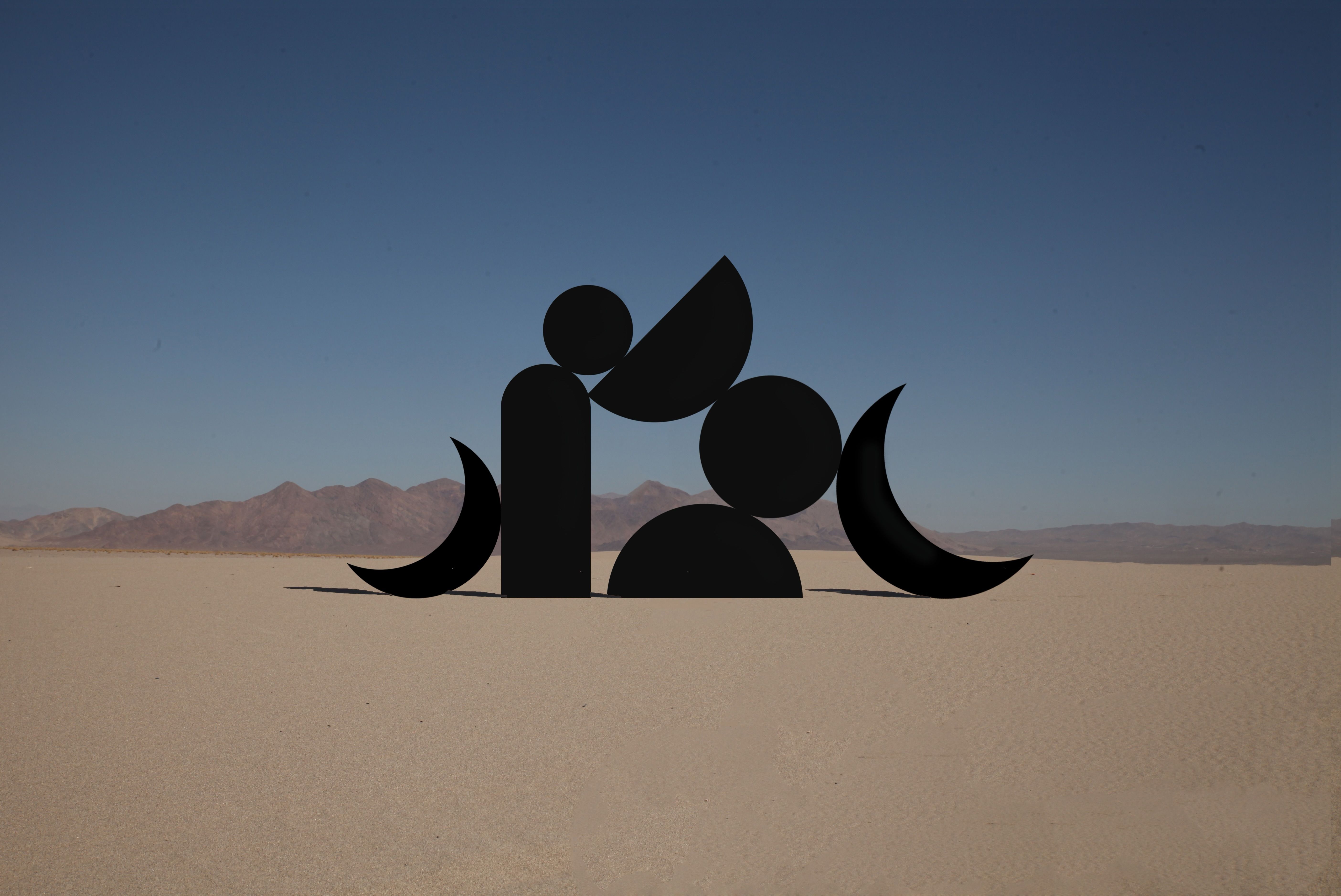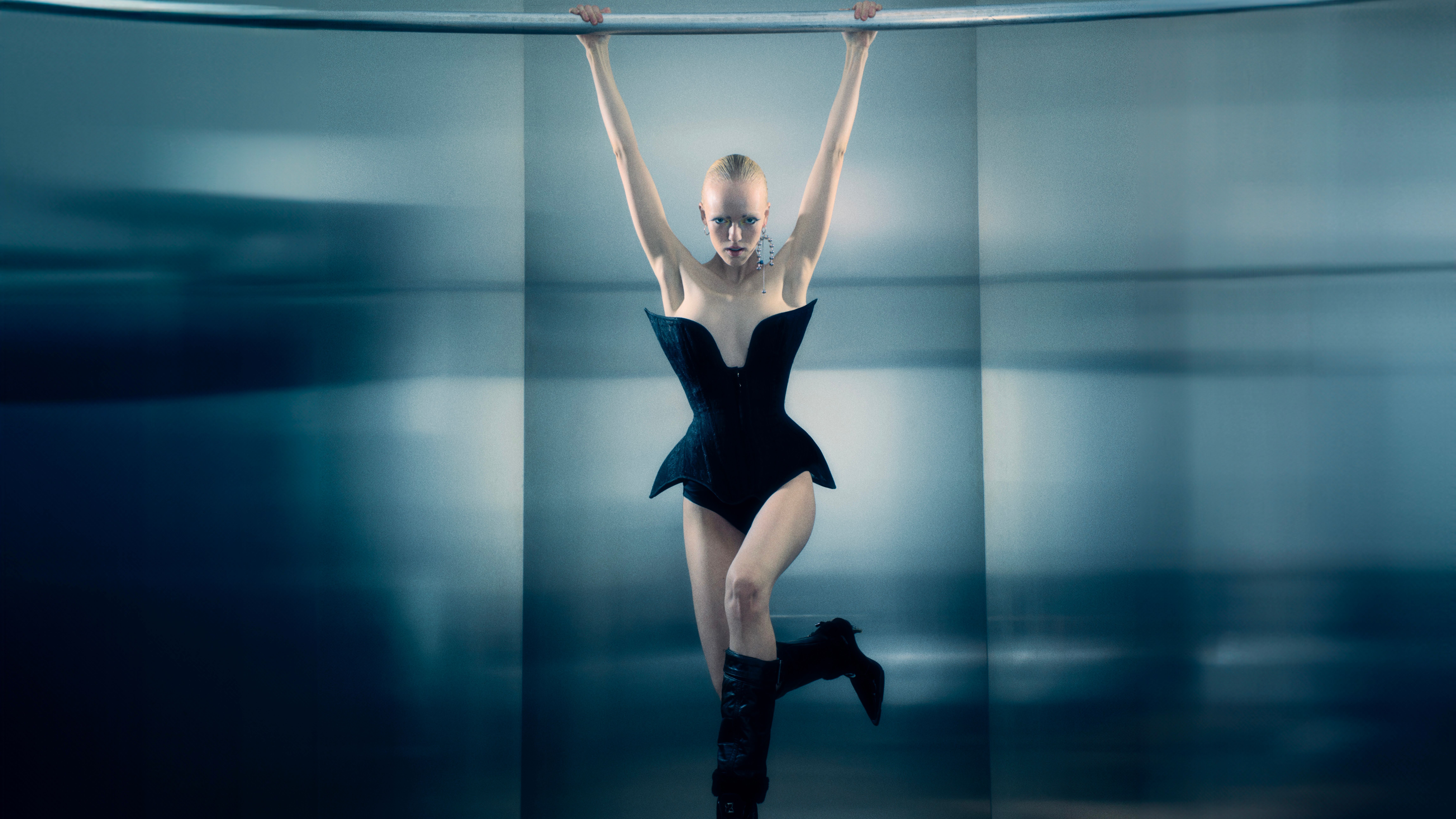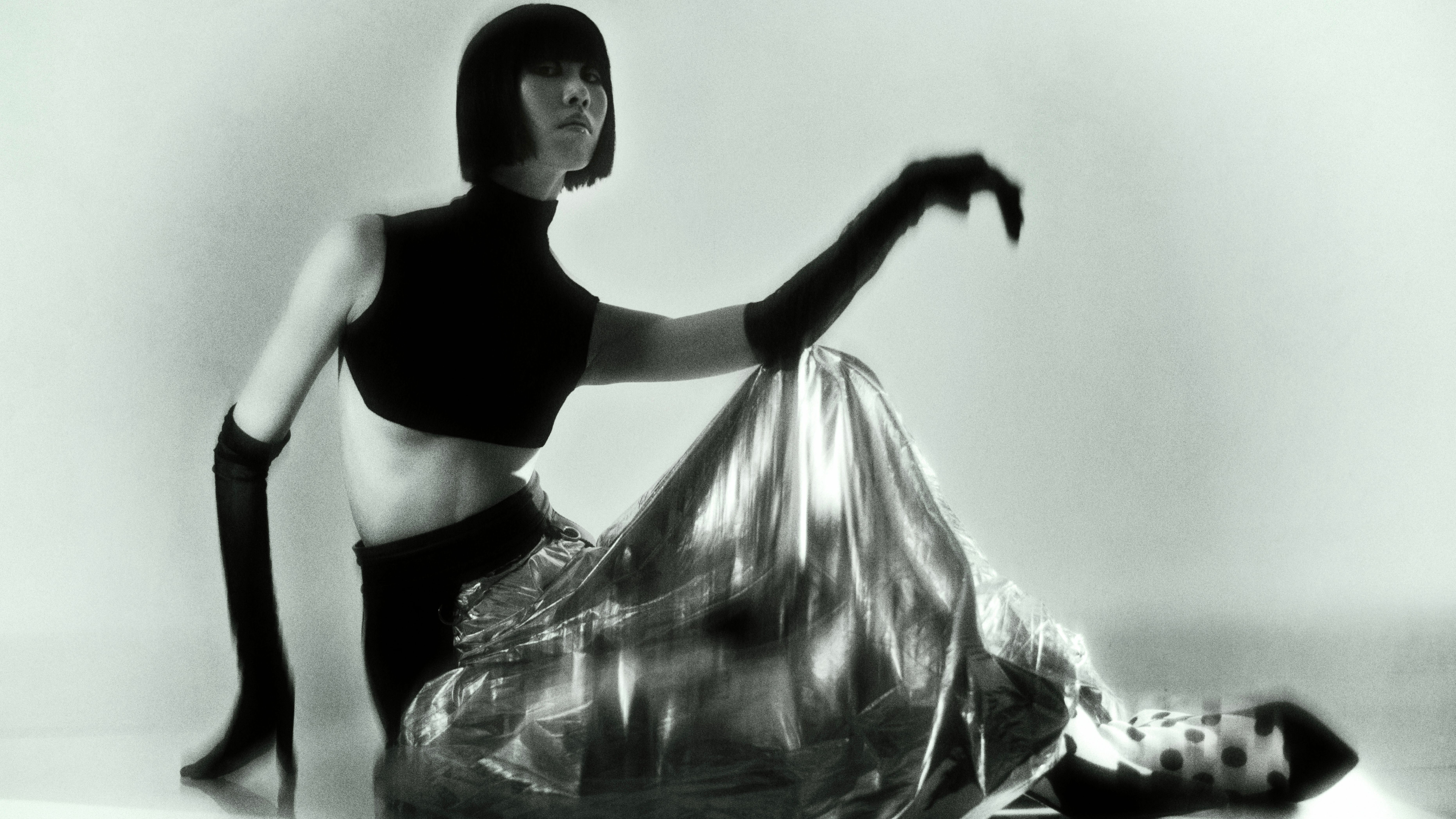The desert taught her to remove, to recognize the shape that silence can take. In Le Fawnhawk’s work, essential geometries rise like portals between earth and sky, suspended between reality and dream, in dialogue with the landscapes that hold them. Each installation becomes an invitation to slow down, to observe, to reconnect with that sense of inner vastness so often muted by the noise of the world. For Le Fawnhawk, beauty is not found in perfection but in honesty, in aging materials, in solitude that speaks, and in the marks that remain.
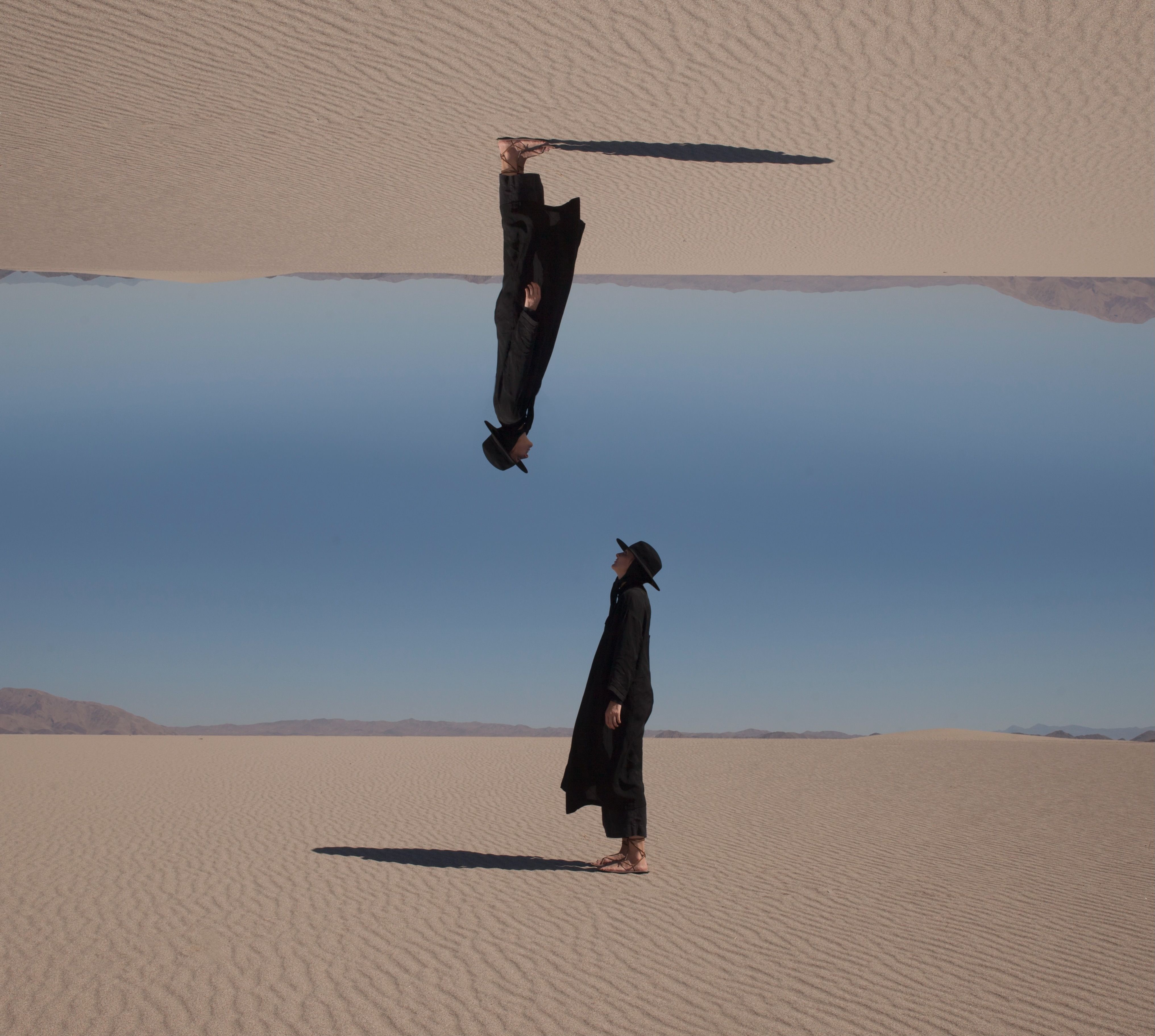
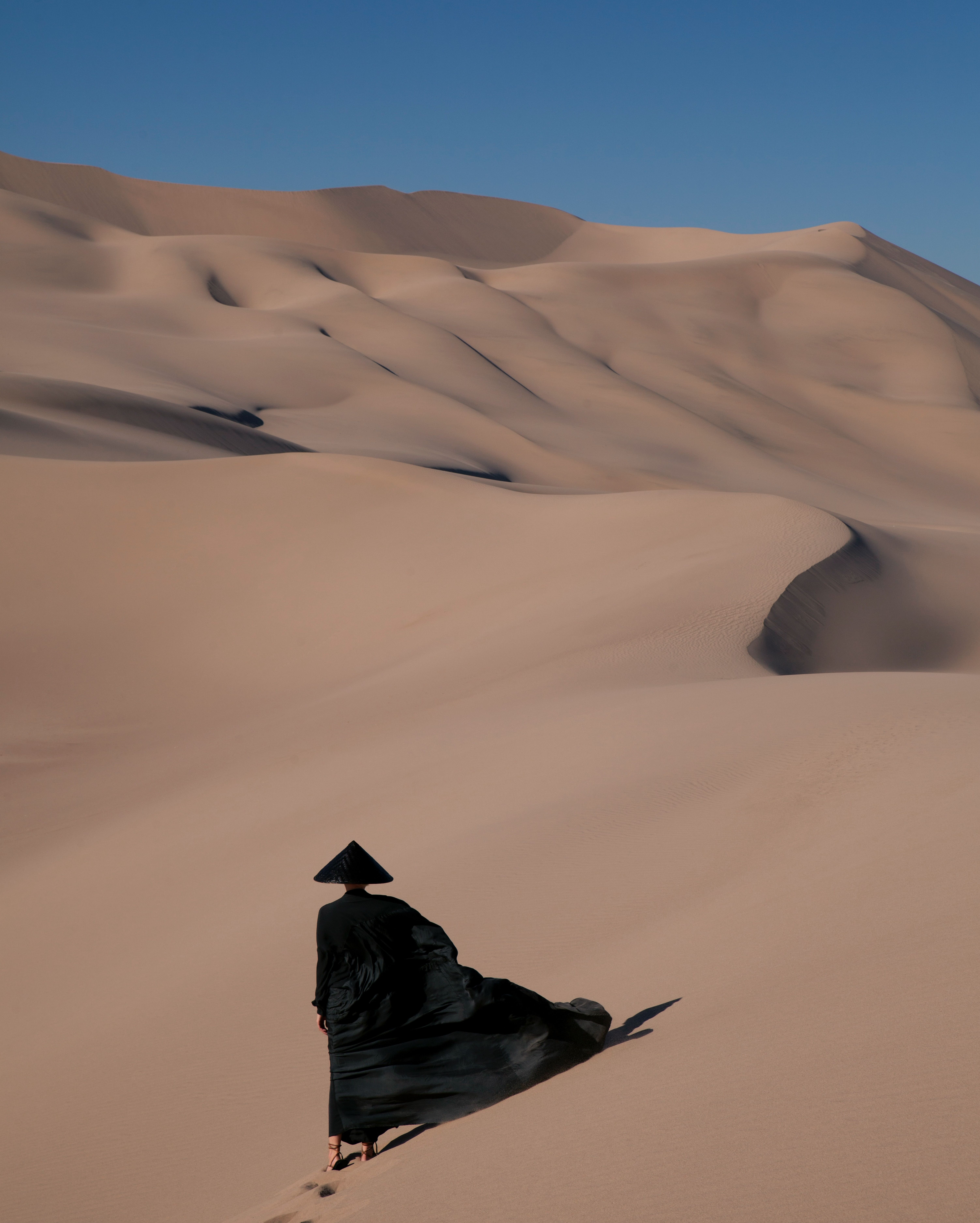
Your work has often been described as modern surrealism, yet far from excess. Your visual world is essential, meditative, deeply connected to nature and spirituality. How did you arrive at this need to reduce, to strip down, to seek truth through the minimum?
I think the desert taught me. Out there, you begin to understand that silence has shape. There’s no need for excess when the land itself is speaking. Over time, I found that the more I removed visually, emotionally, materially, the closer I got to something real. It became less about editing and more about listening. What remains is what’s meant to be there.
How does a work come to life in your creative process? Do you begin with a specific image, an emotion, a symbol?
It usually begins as a sensation I can’t quite name, something just beneath the surface. Sometimes it’s a symbol, other times a visual flash or even a sound. I don’t force it. I let it rise on its own timeline. My job is to follow it, stay present, and allow it to take shape without overworking it.
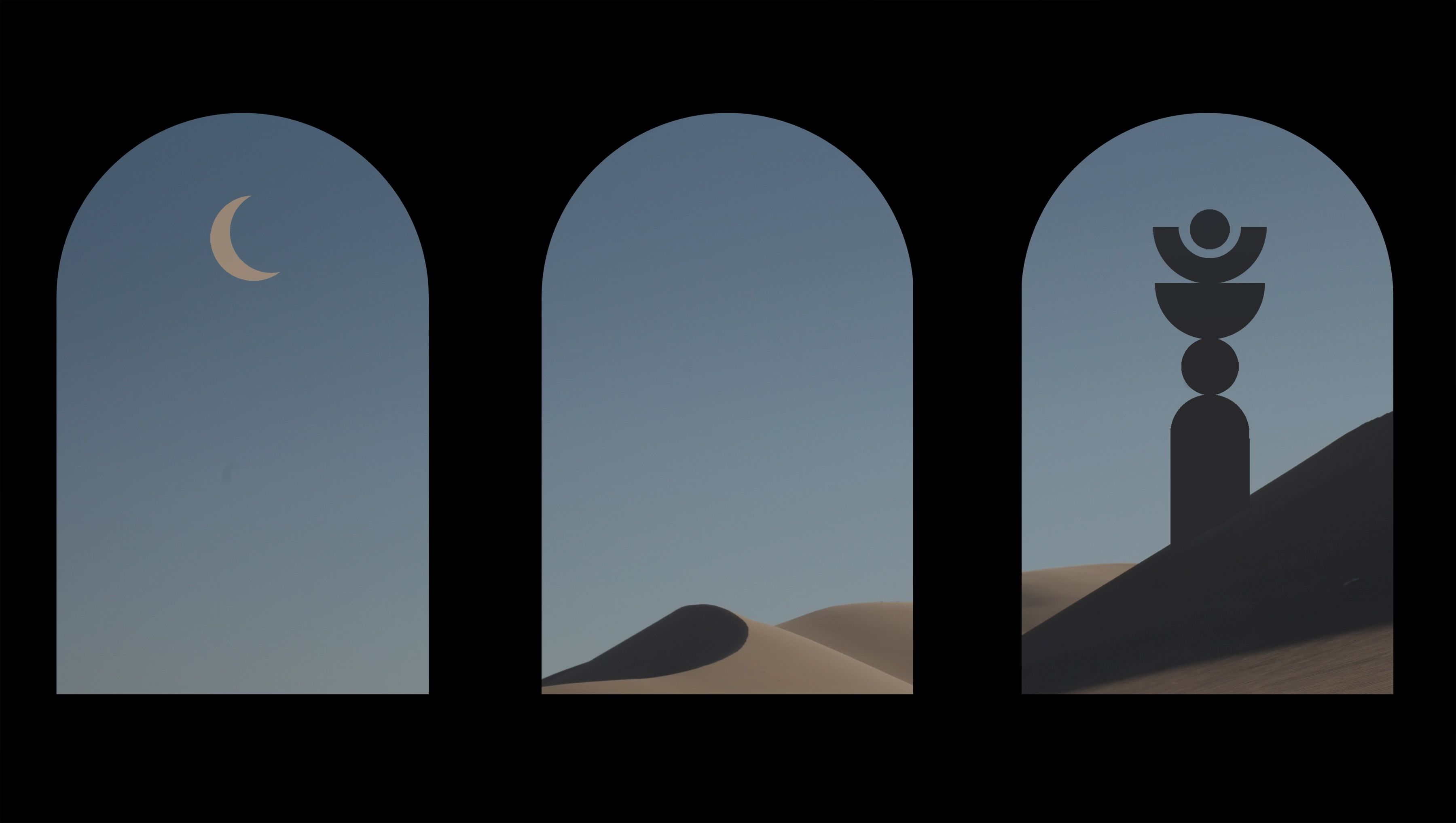
Your art is marked by monumental totemic forms, often set within vast desert landscapes. What draws you to this combination of essential geometry and expansive nature? And what does the desert represent for you, both personally and symbolically?
The desert is my church. It’s where I go to remember. The geometry I work with feels like a kind of ancient language. Simple, essential, and eternal. When placed in the vastness of the landscape, those forms feel like they’re in conversation with time itself. The desert, to me, is both a mirror and a threshold. Empty enough for you to see yourself clearly, and wide enough to hold something greater than you.
Your works often appear as portals suspended between the real and the surreal. What role does illusion play in your visual language?
I see illusion not as trickery, but as invitation, an opening. It helps create space for the viewer to question what’s real and what’s remembered. That in-between is fertile ground. It’s where transformation can happen.
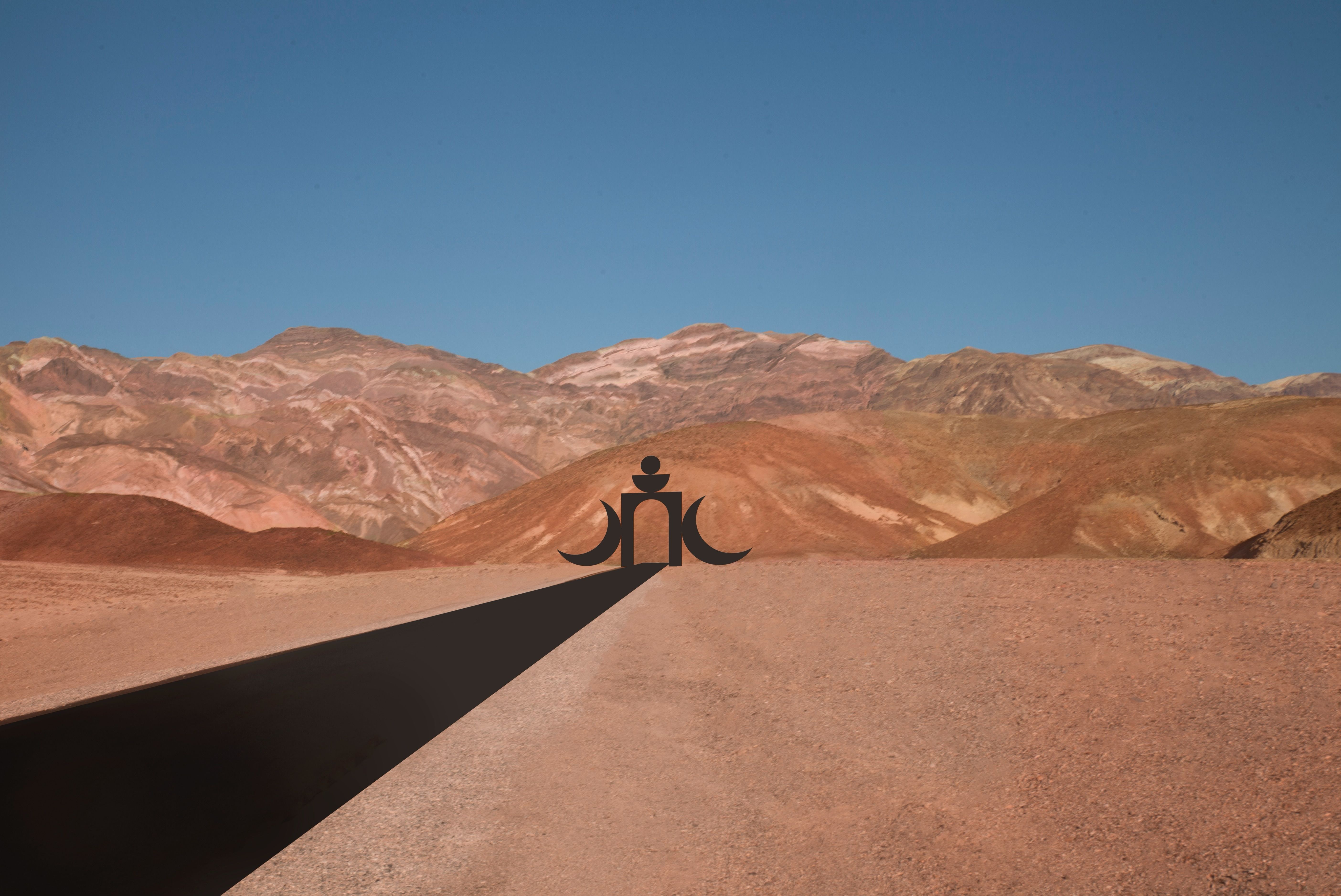
Do you believe art can reveal truths that remain invisible in everyday reality?
Yes, absolutely. Art gives form to what we know in our bones but can’t always say. It speaks in symbols and silence—things we feel before we understand. In a way, it reminds us of truths we already carry but forgot how to access.
You often speak of a “monumental spirit.” In a fragmented world, how can we reconnect with that sense of inner greatness?
By getting quiet. By letting go of the noise, the comparison, the urgency. That spirit is already inside us. It’s not something we need to earn. It’s remembered through presence, nature, ritual, and creative expression. We just have to return to it, again and again.
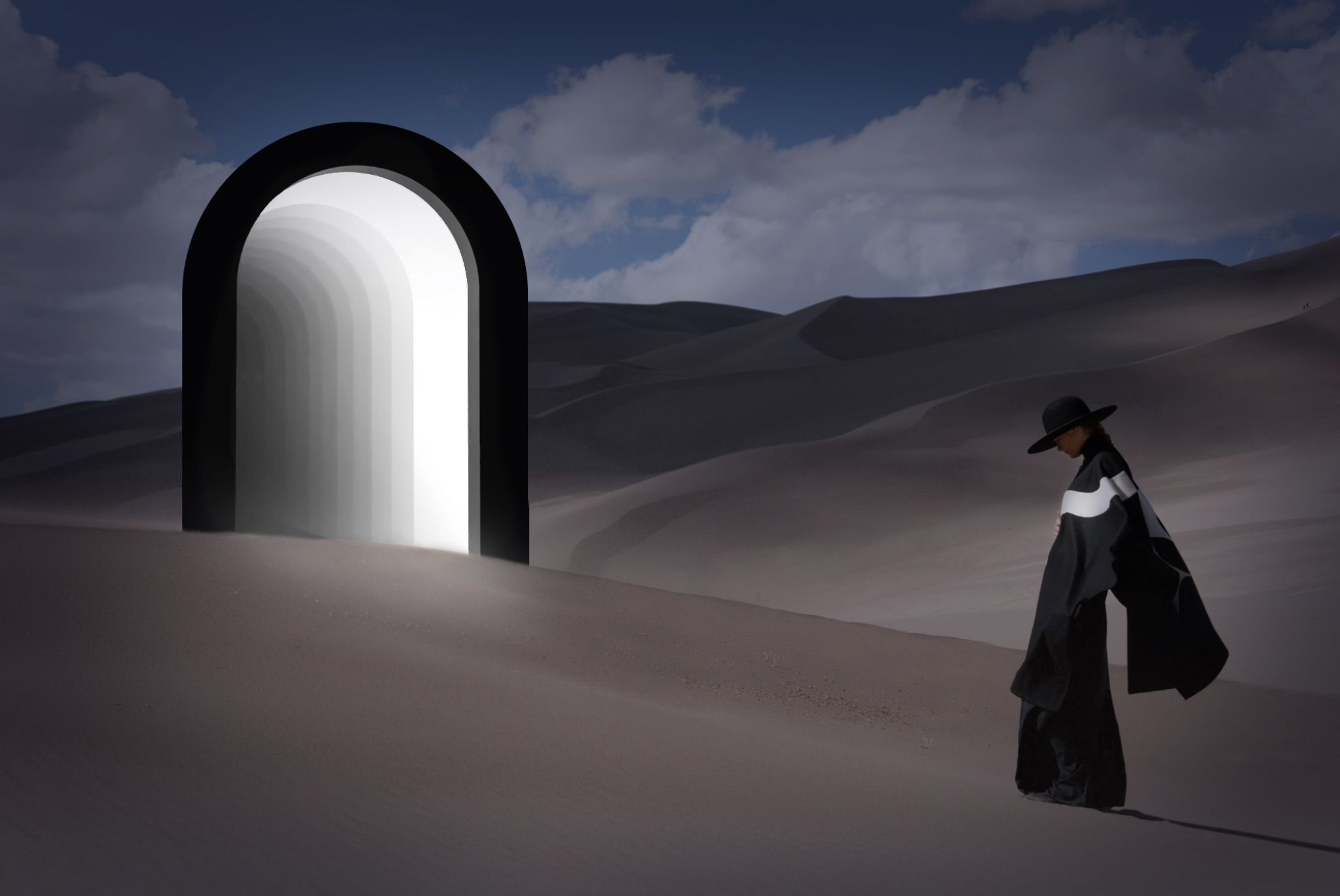
You have recently begun exploring sound as part of your work. What kind of sensory experience do you envision for the future of your installations?
I want my work to feel like entering another frequency. Sound has the ability to bypass the intellect and go straight to the body. I see it as another layer, like light or form that can shape how people move through the space, and maybe even shift how they feel in their own skin.
What does ‘beauty’ represent to you?
Beauty is resonance. It’s when something external aligns with something deep inside. It’s not about polish or symmetry, it’s about truth. I see beauty in aging materials, in solitude, in the rawness of something unguarded. It’s a kind of honesty that doesn’t try too hard.
You are currently working on bringing your digital sculptures into the physical world. How does your work shift when moving from the digital realm to material form?
It becomes more human. Digital is fluid and limitless. But the physical brings gravity, weight, imperfection. I love that translation. It’s like pulling something down from the ether and giving it a body. Suddenly, it can cast a shadow. It can be touched. It’s alive in a new way.
